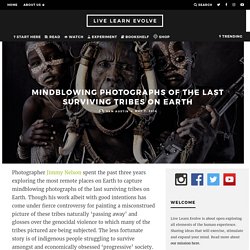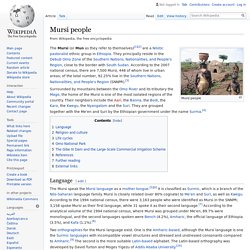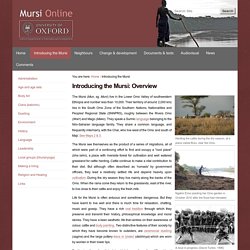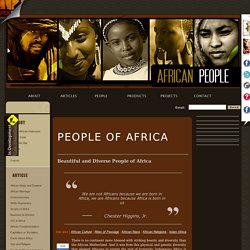

Mindblowing Photographs Of The Last Surviving Tribes On Earth. Photographer Jimmy Nelson spent the past three years exploring the most remote places on Earth to capture mindblowing photographs of the last surviving tribes on Earth.

Though his work albeit with good intentions has come under fierce controversy for painting a misconstrued picture of these tribes naturally ‘passing away’ and glosses over the genocidal violence to which many of the tribes pictured are being subjected. The less fortunate story is of indigenous people struggling to survive amongst and economically obsessed ‘progressive’ society.
Here’s 80 images from the full series that convey the kind of drama and emotion that testifies to the irrepressible human will to beautify. The full photographic book ‘Before They Pass Away’ is on Amazon here. Location: Indonesia + Papua New GuineaPhotographed in 2010 The legendary Asaro Mudmen first met with the Western world in the middle of the 20th century. Location: Guangxi, ChinaPhotographed in 2010 Location: Siberia – YamalPhotographed in 2011. Mursi people. The Mursi (or Mun as they refer to themselves)[1][2] are a Nilotic pastoralist ethnic group in Ethiopia.

They principally reside in the Debub Omo Zone of the Southern Nations, Nationalities, and People's Region, close to the border with South Sudan. According to the 2007 national census, there are 7,500 Mursi, 448 of whom live in urban areas; of the total number, 92.25% live in the Southern Nations, Nationalities, and People's Region (SNNPR).[3] Surrounded by mountains between the Omo River and its tributary the Mago, the home of the Mursi is one of the most isolated regions of the country. Their neighbors include the Aari, the Banna, the Bodi, the Karo, the Kwegu, the Nyangatom and the Suri. They are grouped together with the Me'en and Suri by the Ethiopian government under the name Surma.[4] Language[edit] The Mursi speak the Mursi language as a mother tongue.[5][6] It is classified as Surmic, which is a branch of the Nilo-Saharan language family.
Religion and culture[edit] Introducing the Mursi: Overview — Mursi Online. Herding the cattle during the dry season, at a place called Bulu, near the Omo.

The Mursi (Mun, sg. Muni) live in the Lower Omo Valley of southwestern Ethiopia and number less than 10,000. Their territory of around 2,000 km2 lies in the South Omo Zone of the Southern Nations, Nationalities and Peoples' Regional State (SNNPRS), roughly between the Rivers Omo (Warr) and Mago (Mako). They speak a Surmic language belonging to the Nilo-Saharan language family. They share a common language, and frequently intermarry, with the Chai, who live west of the Omo and south of Maji. Ngatini Elmo planting her Omo garden in October 2010 after the flood had retreated. The Mursi see themselves as the product of a series of migrations, all of which were part of a continuing effort to find and occupy a "cool place" (bha lalini), a place with riverside forest for cultivation and well watered grassland for cattle herding.
Welcome to Mursi Online — Mursi Online. Most beautiful people in Africa: Mursi people (Ethiopia) PEOPLE OF AFRICA - The Diversity of African People. HISTORY: The Kanuri began losing power in this region when the British took control in 1914.

Nevertheless, they have remained politically active and still have much influence on the surrounding people groups. In fact, aspects of Kanuri culture, language, and religion have been adopted by many of the neighboring groups. Genetically their Y-haplogroup A, the most diverse or oldest-diverging Y haplogroup transmitted purely by patrilineal descent, is today present in various Khoisan groups at frequencies of 12-44%, and the other Y-haplogroups present have been formed by recent admixture of Bantu male lineages E3a (18-54%), and in some groups, noticeable Pygmy traces are visible (B2b).
The Khoisan also show the largest genetic diversity in matrilineally transmitted mtDNA of all human populations. Walking with the Mursi.